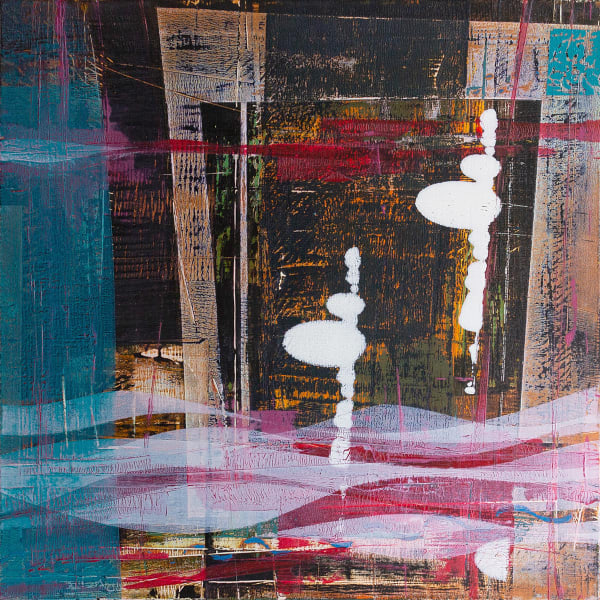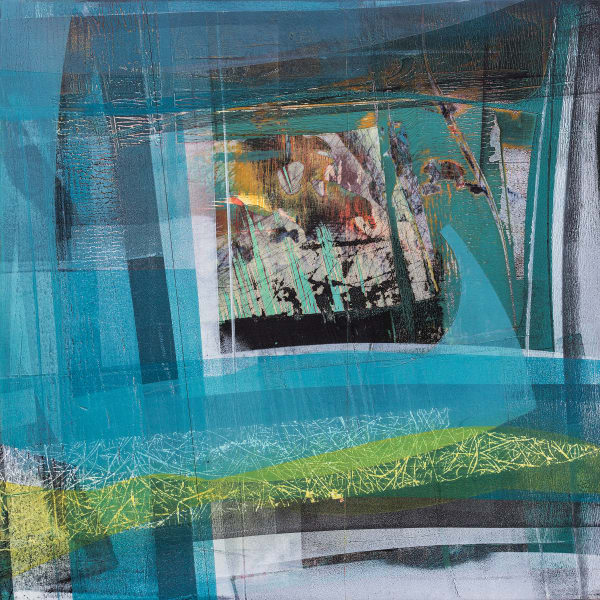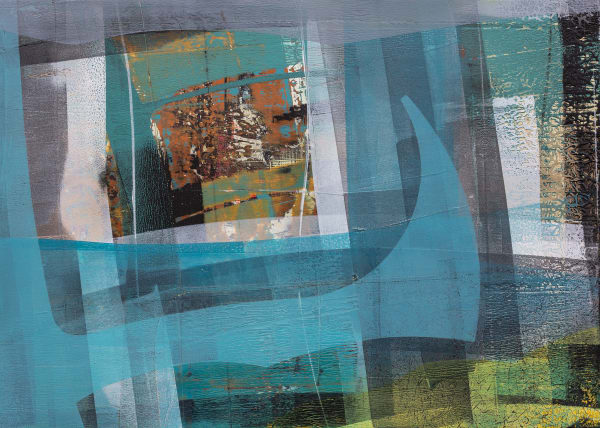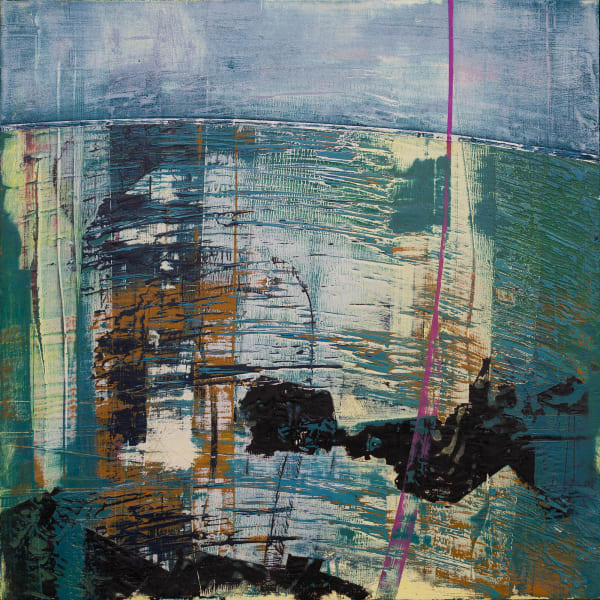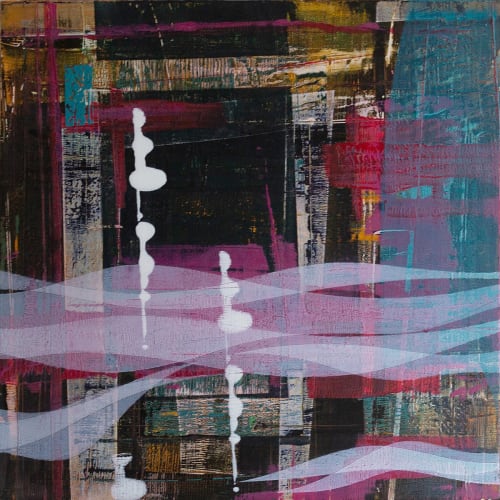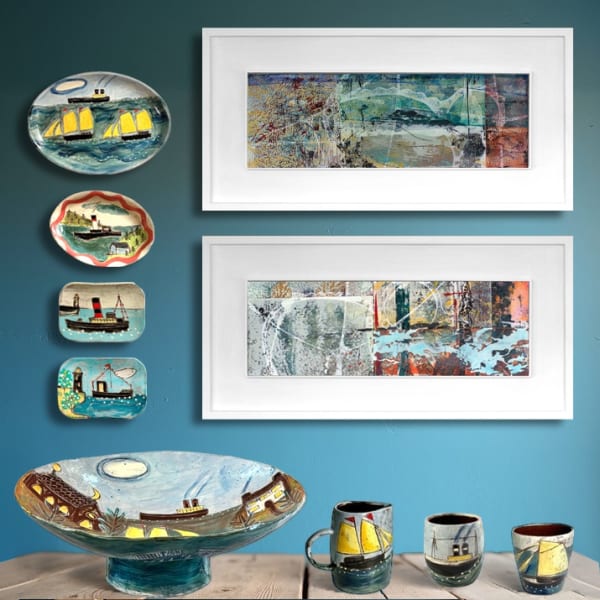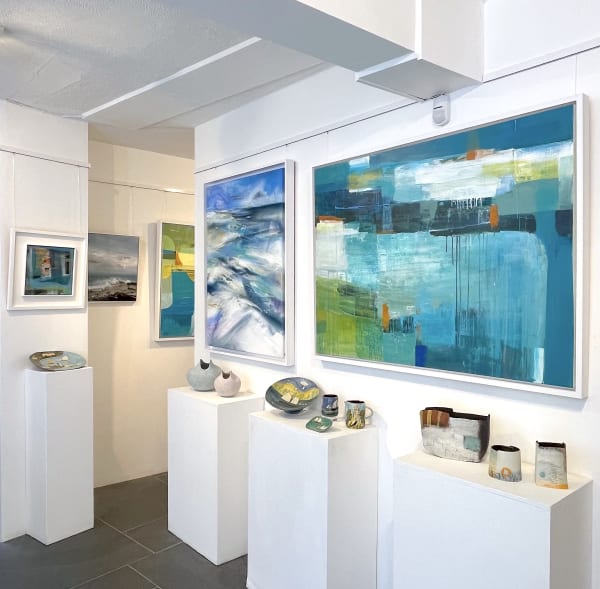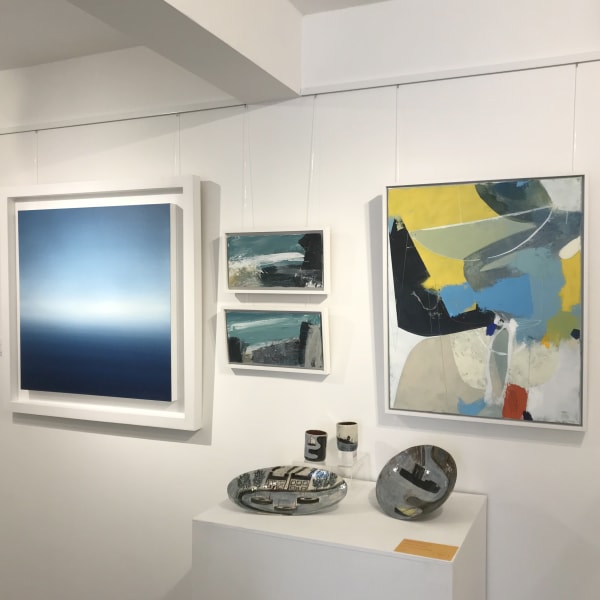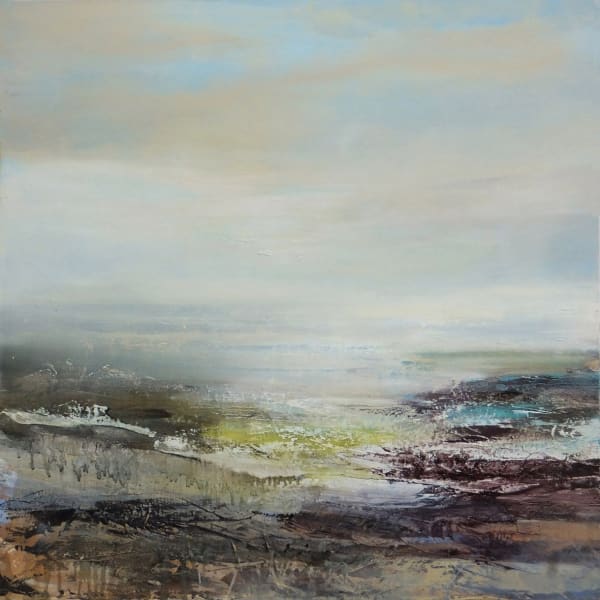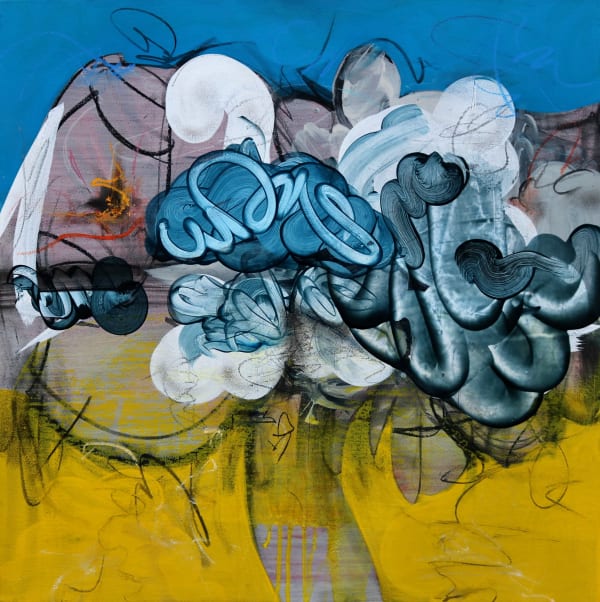Ian Harrold British
Relics, totems, objects of reverence. Ian Harrold has, since his youth, been interested in the artefacts which we make then all too often discard or just forget. Their time has passed but when rediscovered they can act as reminders, waypoints in our musings on our changing identities.
In 2020 we can, with technology, create almost anything we have the ability to imagine, but clearly this has not always been so. Harrold's new series 'Totem' is centred on a project begun in 1976, a study of a tract of land in east London. Relics from the early days of mass production produced largely from the first plastics were dug up, washed, then photographed in his studio from a low angle.
These forms were imagined as large structures, totems from another time. His interest was spurred by deliberations on how the objects were made; someone would have made the original pattern, perhaps from hardwood, complete with radii, fillets and curves. He considers them works of art, testaments to the pattern makers craft.
He has reproduced this collected 'library of forms', laying them down within these current works then gradually concealing them with oil paint before partially rediscovering them. The original form is revealed through repeating the process over many months.
Another strand of Harrold's work over the winter is based on studies of the ancient stones of Penwith, a feature of the Cornish landscape which long attracted artists from far and wide. Men-an-Tol in particular was visited many times to get a feel for the place then photographed, largely with a fisheye lens, often inches from the surface to create a unique perspective. The stones have been roughly modelled in 3D and reimagined from viewpoints impossible in real life, perhaps from under the ground.
'FESTIVAL'
'A celebration, remembering the energy and vision of the Festival of Britain in 1951. Although the festival was staged before I was born, my parents were setting up a new home, to build a family and to build a future. The colour palette developed by designers in the 50s provides the basis for the feel of the work, and was employed in the design of so many of the everyday objects I remember as a boy and were born out of the ethos developed from this landmark event for the British people.
'This a personal interpretation using the colour palette I feel I grew up with. A series of oils on board.'
'FLUX'
'A series of abstract oils, painted on board. Suspended between two states, the positive and negative charge above and below an imagined horizon representing liminal spaces where anything might change state.'
Ian Harrold 2020
An education at Gateway School in Leicester (1966-73) laid the foundation for Ian’s work today. His Quaker headmaster encouraged a keen interest in all things creative. This led to a coveted place on a four-year fine arts course specialising in silversmithing and jewellery at the iconic Sir John Cass School of Art in Whitechapel, London (1973–77). Whilst at Cass, the Whitechapel Art Gallery nearby provided part-time employment under Nicholas Serota, and introduced Ian to the world of fine art, in particular British Minimalism.
Harrold worked first as a Production Manager for Cartier in Bond Street and as a silversmith, successfully creating and selling his own work in the 80’s, exhibiting with the Goldsmiths Company and Electrum Gallery. He also became instrumental in developing the technology for and introducing video graphics to the world of marketing, forming his own broadcast graphics company and enjoying a long career producing work for all the major UK television channels. Harrold’s qualifications include a DipAd, City and Guilds Higher Diplomas in diamond mounting and gemology and a design award from the Royal Society of Arts.
A move to North Cornwall in 2014 enabled Harrold to begin an intensive period of collagraph and etching printmaking, often working in St Ives. Soon he was drawn back to working in oils, on gessoed board, providing a robust base for the techniques he uses. Harrold creates all his earth coloured paints from raw earth powder pigments acquired in London in the 70’s. These hand-made paints are then mixed and layered with other oils in varying consistencies. As layers dry, they are partially removed using a variety of methods to work back through the layers – including applying pressure to the surface, effectively pushing the top layers back through the work, visually disrupting the order of the layers of paint. Works can be inspired by distant memories of time and place or the simple fluidity of a shape quickly drawn in wet sand on a Cornish or Breton beach.
Recent Exhibitions include:
St Ives: The New Pier, New Perspectives, Willoughby Gallery, Bude Castle Museum, 2018;
Take 5 Artists, Crypt Gallery, Society of Artists, St Ives, 2017;
Associates Exhibitions, Penwith Gallery, St Ives, throughout 2016–18;
Press Gang – The Art of Printmaking, Penwith Gallery, St Ives, 2016;
Spring Exhibitions, Limekiln Gallery, Calstock, 2015 & 2016.
-

WINTER SHOWCASE
Anne Barrell, Clare Conrad, Sasha Wardell, and Ian Harrold 14 Dec 2024 - 28 Feb 2025Read more -

SHOWCASE | NEW WORKS BY IAN HARROLD AND ANNE BARRELL
12 - 27 Nov 2024Read more -

SAFE HARBOUR: SUMMER COLLECTION: 1
2 Jul - 24 Sep 2022Welcome to the first of a two-phase uplifting and enervating curated Summer show featuring fresh, new artworks by eight leading award-winning contemporary artists. Celebrating the joys and beauty of summertime...Read more -

PENWITH RHYTHMS: ANCIENT AND SACRED LANDSCAPE
Cornwall’s Prehistoric landscape is the focus of this exhibition of guest artists’ works 23 Oct - 27 Nov 2021The dramatic landscape of west Cornwall has captured the imagination of writers and artists for three centuries, and now this ancient and sacred landscape is explored and celebrated anew in...Read more -

SEA STORIES
Mixed exhibition of contemporary paintings, prints, and ceramics 1 May - 26 Jun 2021Porthminster Gallery’s new exhibition Sea Stories opened with a burst of Spring optimism on 1st May.Read more
Featuring uplifting contemporary paintings, prints and ceramics by seven gallery artists, and one invited guest artist, in a celebration of the seaside and rocky coast for which St Ives and West Cornwall is famous
craig underhill ceramics, anne barrell ceramics, sgraffito, earthenware, handmade, painted, alfred wallis, sailing boats, ships, trawlers, harbours, sea, coast, mike bernard mixed medai paintings, andrew bird abstract paintings, ian harrold paintings, jenny hirst paintings, martyn perryman paintings, trevor price prints and paintings, for sale, ceramicist, potter, slab-built, vessels, clay, painterly, exhibitions, shows, exhibiting, exhibited, landscape, semi-abstract, coastal -

RELOCATION
11 Sep - 24 Oct 2020The opening collection at our new premises at 22 Fore Street is a changing showcase of artworks by some of the many established and emerging British Artists whom we represent,...Read more -

RENEWAL
28 Mar - 30 Jun 2020After a long winter of being battered by seemingly constant storms and now the Coronavirus-19 lockdown, Porthminster Gallery begins its 2020 season of specially-curated seasonal shows with an online exhibition...Read more -

GALLERY RE-OPENING: 2020
14 Feb - 27 Mar 2020Porthminster Gallery celebrates its 2020 re-opening with a mixed exhibition of vibrant new abstract paintings by gallery artists, Ian Harrold and Patrick Haughton and a fresh collection of hypnotic seascapes...Read more -

NEW BEGINNINGS: EXPRESSION
9 Feb - 23 Mar 2019Show of contemporary abstract paintings and ceramics for sale by Iain Robertson, Simon Williams, Lindsay Mapes, Ian Harrold, Stephanie Wright, Simon Pegg.Read more



